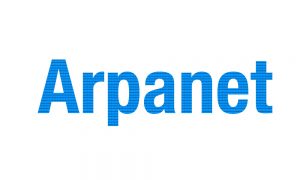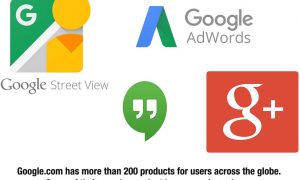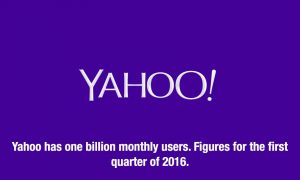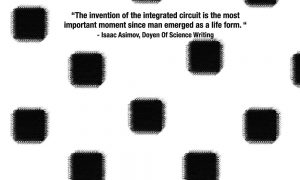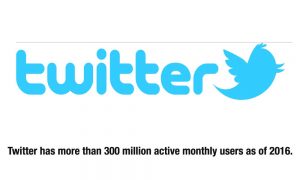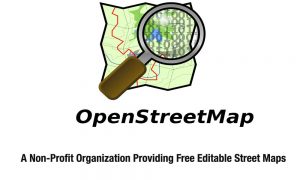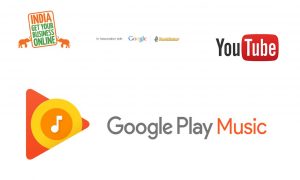The Range of Google Search: Highlights
2001 – Google.com becomes available in 26 languages; Image Search launched.
2003– Google Print (later Google Book Search) launched, later expanded to include major University libraries.
2004 – Google Scholar search engine launched.
2005 – Google Maps shows satellite views and directions.
2006 – Gmail Book Search offers free PDF downloads of books.
– Archive Search (with over 200 years of historical articles) added to Google News.
2007 – Android, the first open platform for mobile devices announced.
– Right-to-left language (e.g. Arabic) search made easier.
– Google Earth adds new satellite information for supporting recovery in disaster-hit areas.
– Google Translate adds 10 more languages including Hindi.
– Indexing system processes links; count one trillion unique URLs.
– Google News Archive enables users to search online old newspapers.
2007 – Google Apps premier edition brings clod computers to businesses.
2009 – Google Latitude introduced for Google maps in mobile devices for sharing location data with friends.
– Google India Election Centre helped to check voter registration.
– Image advertisements in iPhone and Android.
– Google Places page (with Google Maps) gives details about a location at one place.
– Agreement with Twitter to include the latter’s updates in Google search.
– GoogleMaps Navigation GSP-based turn-by-turn directions with 3D guidance. Search by voice also becomes possible.
– YouTube reveals most matched lists and fastest rising search items.
2010 – Google Instant comes to most smartphones.
– Updates its core indexing system, ‘Caffeine’ to keep its index up-to-date and adds new sources of information.
– 35 hours of video uploaded to YouTube every minute.
– Google e-bookstore browses more than three million e-books.
2011 – Google Art Project – provides a virtual tour of 17 best museums.
– Google+ button released to sites across the entire Web.
– Image and voice search on the desktop as well as on Instant Pages.
2012 – ‘Search Plus your World’ transforms the search engine into one that understands not only context but also people and relationships.
– Google Drive, a cloud storage service launched.
– Google Maps (6.1) simplifies public transport information in eight Indian cities.
‘Googol’ becomes Google
Larry Page, son of a pioneer of Artificial Intelligence was surrounded by computers from an early age. Page was the first in elementary school to produce a word-processed document. He dreamed of an invention that would change the world. His dreamed started coming true in 1996. Along with another Stanford computer science graduate student, Sergey Brin, Page worked on the idea of a search engine. They called their programme Back Rub and operated it for more than a year. By then the World Wide Web was four years old and there were a million online sites.
The programme of the young men was found taking up too much time on their University servers. The pioneers were busy finding a name for their work. In 1997, they called it Google, a play on the word ‘googol’, a mathematical term for the number represented by the numeral 1 followed by 100 zeros! Page and Brin thought the name reflected their mission to organise an almost infinite quantity of information on the Web.
A year later in 1998, they met Andy Bechtolsheim, co-founder of Sun. He was so fascinated by the young men’s idea that he just wrote a cheque for 100,000 dollars in the name of Google Inc. Larry and Page were surprised, as Google Inc. did not exist yet! They started work in a garage in Menlo Park in California and on 4 September 1998, filed for incorporation of their company.
The PC Magazine recognised their work and described it as the search engine of choice in the Top 100 Web sites for 1998. Soon the garage was proving too small for their activity. In 1999, they moved to a new place in Palo Alto, California with eight employees.
Secret of the Search Engine
In less than a second (0.08 to be exact), a Google search (say for science.com) returns more than a billion, yes a billion, hits. It has a huge index of over three billion pages and it is kept updated up to the minute. Google engineers say that they have spent one million computing hours in building it. Thousands of servers (computers) acting in concert as a super computer find, sort and extract data in response to a search term. Google uses an algorithm called Page Rank. The software used is known as web crawler. Basically it works this way, though its exact technique has not been revealed.
A numerical value is assigned to the general importance of a Web page based largely on the number and quality of the link pointing to that page. Then a formula is applied. The Page Rank value passed by a link is approximately equal to the Page Rank score of the page on which the link originates, divided by the number of links on that same page. The formula has been revised now and then as the data base expands. According to Google, its algorithms undergo 500 improvements a year and search query uses 200 signals to decide which of the millions of pages are the most relevant in providing the answers to question. And 16 per cent of the searches are new.
The ever-changing web pages call for constant updating of the index. Each of the pages can link to other pages and can in turn be linked likewise. If a page is linked to several others, it is likely to be important like a well-connected friend. In addition, if the liked pages themselves are also important, the page is even more important. Each page is given a score and each link between pages is considered a vote.
Google accords considerably lower ranking in its results to any material, which has received a high number of copyright removal notices. A Google spokesman said that they were receiving more copyright removal notices every day in 2012 than they did in all of 2009, some more than 4.3 million URLs in 30 days.
In essence what Page Rank does is to gather hundreds of points about a site or page and use them as criteria to qualify a page and assign a ranking to it. The ranking can be viewed in Google’s Tool Bar, freely downloadable from Google’s Website. Actually you are getting Google’s ‘recommendation’ about a site, based on Page Rank. The higher the Page Rank, the more likely it will be a relevant source of information.
Google Instant: An Engineering Marvel
If you type ‘sa’ in Google’s search box, you may well get Sachin in the answer slot even if you have not typed his name. If you type ‘Sc’ the result may well show ‘score’, though the result will keep on changing as more letters are typed. This is Google Instant in action, which is a unique experience to all who search the Net. The feature was introduced in 2010.
Why is it done? After all, even without it, Google returns plenty of results in no time. Actually, Google stands to gain by the new technique. Google claims that the service saves 2 to 5 seconds per each search. And there are millions of users. Moreover, the technique helps users to adjust their queries where needed.
First let us see how most people type. It appears that most of us leave a 300 millisecond gap between keystrokes. Hence the results returned by the search engine should be changed in less than 300 milliseconds. The results as well as the advertisements that go with them have to be selected and displayed on the screen ideally within that period. Google has calculated that it has saved cumulatively 100 billion keystrokes and they are still counting. The amazingly quick results are possible because of advances in hardware in data centers, providing faster server and stronger connections. As many as 15 technological innovations work together to make it work.
When a search is typed, Google identifies and corrects possible spelling errors and provides alternatives. This avoids answering wrong questions, a very useful feature especially when the names of medicines are searched.
Where a query is not obvious, Google would wait for you to insert further letters. A lot of computer power is devoted to this service at the data centers of Google. The search engine has to power up too to store up-to-date information. Google’s Chrome browser loads the web pages instantly. The feature, Instant Pages, would reduce the time taken for searching and loading a web page by 5 seconds. This would be in addition to the time gained (2 to 5 seconds) in most searches through Google Instant.
Generally it has been estimated that it would take 700 milliseconds from the receipt of a search query to the display of results. But people usually take at least 15 seconds to choose and click on the result they prefer. It takes another five seconds to load the selected page. However, if the algorithm has predicted the desired result, the page can start loading without delay.
Google has released the code for Instant Paging for all users. It is interesting to see the search guesses from one letter queries. Out of 26 letters in the English alphabet, 21 in Google search suggested names of organisations and products. For example, X in Google returns Xbox (Microsoft), while Y shows Yahoo (not Google’s own YouTube). The assumption, it is explained, is that the guesses are based on what people in the same geographic area have searched for, when they type the same initial letter. It also depends on the search engine they use.
Google has disclosed that its engineers run 40,000 precision evaluation in a year so as to ensure that the most precise answers are given to questions. The search goes beyond mere key word matching to better understand people, places and things.


